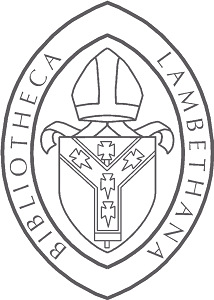How cathedrals changed in the 20th century as recorded in the CATH files, part 3
By Lizzie Hensman, Assistant Archivist
This blog is the third and final one in a series looking at topics covered in the recently catalogued collection of papers created by the Cathedrals Advisory Commission (CAC). For the first blog, looking at changes in the design of the interior of cathedrals, see: Our cathedrals are not museums and for the second blog about who cathedrals are for, see: Who should cathedrals be designed for and who should pay?
This archive shows the coming of the modern world. It shows cathedrals not having to be dragged kicking and screaming into it but embracing technological change and the advantages that come with it. This blog will look at how these innovations changed the character of cathedrals, sometimes bringing them into conflict with congregations and donors.
Though not necessarily considered modern anymore, churches and cathedrals were early adopters of PA systems, using them to amplify the voice of the priest to allow the whole congregation to hear. Here the silences of this collection are highlighted as there is scant evidence of their initial installation with Deans more often writing to the CAC for advice on improvements. For example, Newcastle Cathedral wrote to the CAC in 1961 to ask for advice about updating theirs which was installed “about 15 years ago” because it is “no longer satisfactory”. They don’t say why or provide any further information about the current system. The CAC suggested they contact Dr H.D. Parbrook (who later wrote a book on the subject, also held by the Library) but there is no further correspondence on the subject telling us what changes they made.
Before electric lights, windows and candles were the principle means of lighting cathedrals. This meant that designs for stained glass windows needed to be considered carefully for the quality of light which they would let into the building. Electric lighting gave more freedom to window designers. Yet the quality of light in the cathedral was still important and now they needed to achieve the desired effect with technology that was comparatively new. The goal was to cast light on the correct parts of the cathedral while being operating theatre bright. Light fittings also needed to be sympathetic to the building, and wiring needed hiding without damaging the walls.
In 1921 the architect for Winchester Cathedral wanted to use the gas supply already installed in the cathedral to power a “row of jets along the parapet” to fix the problem of “dim religious light”. Discussion of appropriate forms and levels of light in cathedrals continued with J.M. Waldram advocating for the ‘Designed Appearance Method’ in 1959. This is the approach he took to lighting Gloucester Cathedral which ensured “the liturgy, the music and the architecture combine to aid and to lead the worship of the congregation”. However, as there are no plans included in this file, we will have to take his word for the fact that he achieved it.
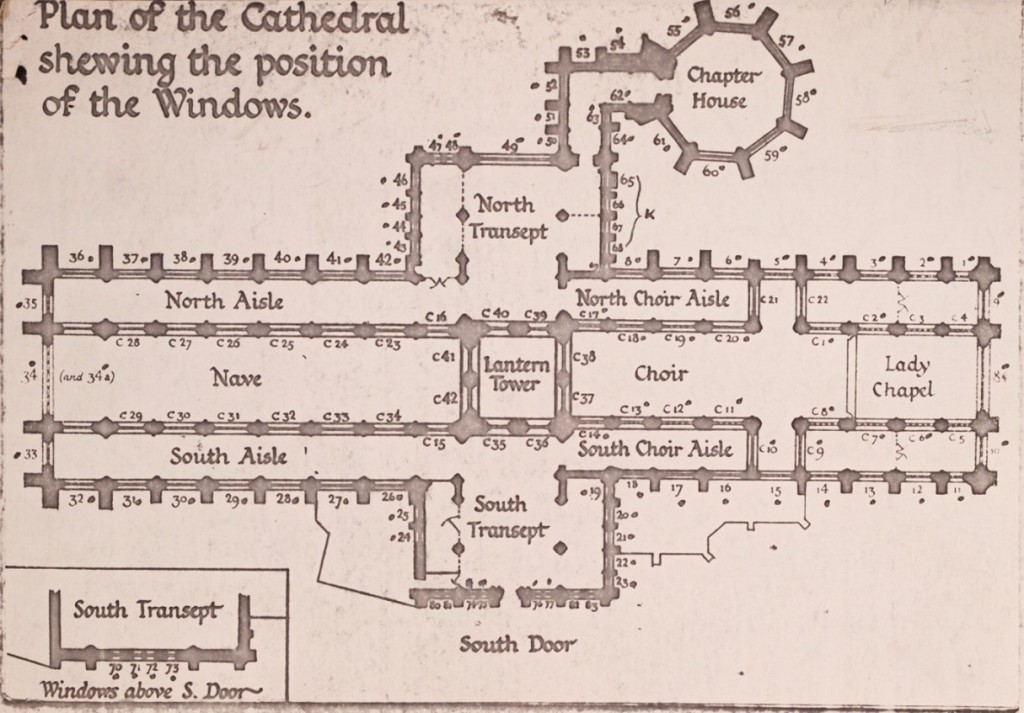
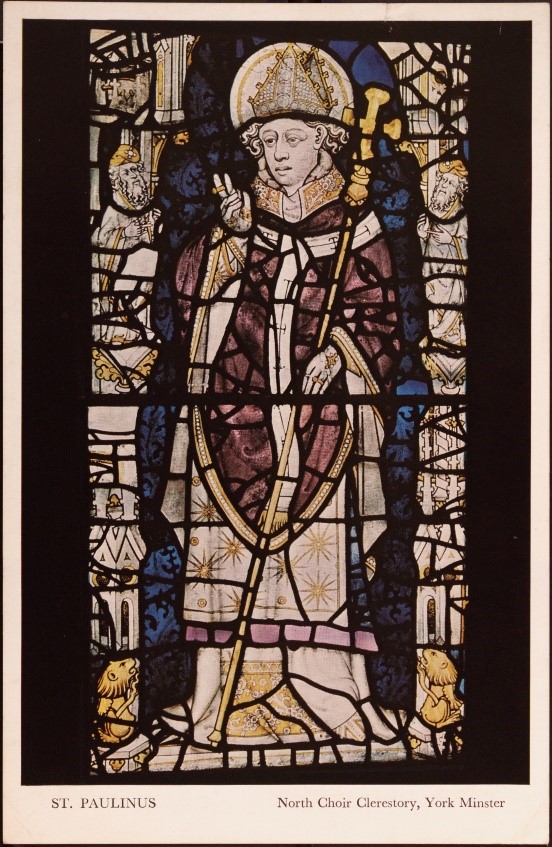
It also became possible to light up the exterior of cathedrals at night, particularly their prominent west fronts. Lighting them could show off the intricate stonework but it needed to be done sympathetically and some city residents objected to the light pollution. However, cathedrals were not always at the forefront of this technological change as the street lights in the precincts of York Minster were only converted from gas to electricity in 1975!
New technologies bring new concerns, which was true for heating as well as lighting. In the late 19th and early 20th centuries, cathedrals started to install Gurney stoves to heat their spaces. This made the cathedral a more pleasant place to visit but these stoves often burnt coal leading to concerns that the smoke produced was damaging the stone walls. A 1935 report by a sub-committee of the Dean and Chapter of St Albans (within CATH/CS/STA/1) looked at systems employed by other cathedrals to help them choose the best way to upgrade their older set-up. For example, we are told that Canterbury installed their system 60 years ago. Many cathedrals were now installing radiators to heat their spaces, avoiding the problems of bad smells from the stoves as they could be placed elsewhere and the hot water piped into the cathedral.
Yet what appeared to be a solution created other design problems. Doors could no longer be left open without losing all the heat so vestibules had to be added. These needed to fit with aesthetic and practical principles and some were designed to be removable so that on ceremonial occasions processions could easily enter. The CAC played an important role in passing on knowledge from early adopters to Deans and Chapters who were just starting down this path. In the 1950s draught lobbies were fitted to the North Door at Durham Cathedral, intended to be in place in winter and removed for the summer but by 1983 “people’s ideas of comfort [had] changed with the result that ‘Winter’ [seemed] to extend from September through to June” so they needed replacing.
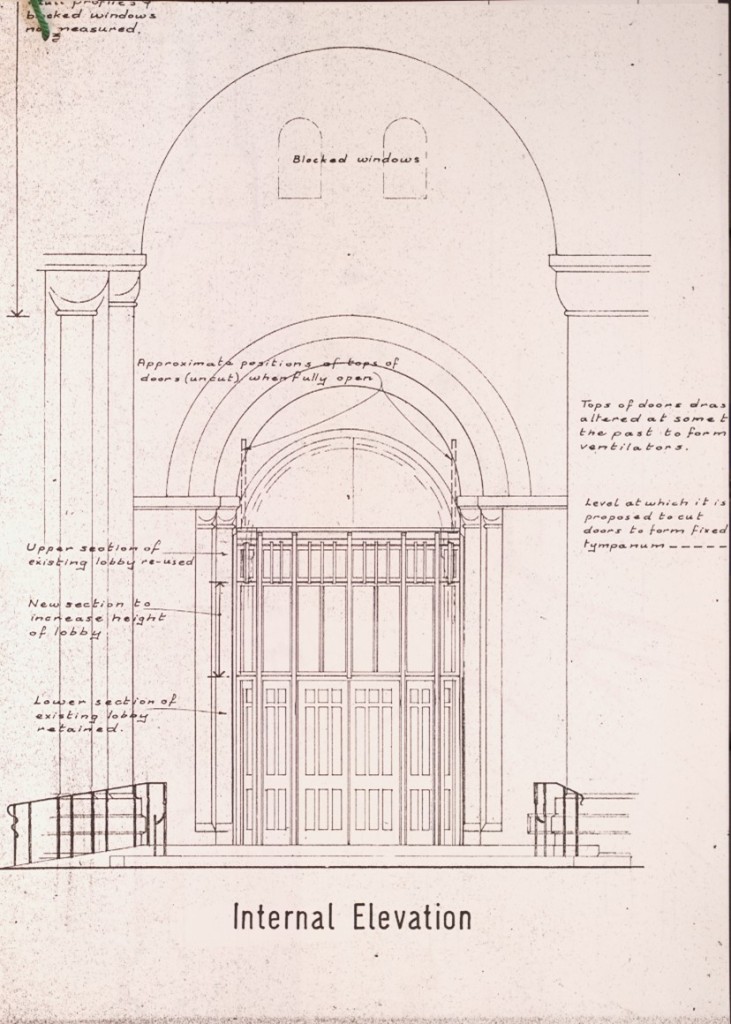
In order to be able to advise Deans and Chapters about how to maintain their cathedrals the CAC needed to be up to date with the latest research. In fact they were often involved in carrying it out. When faced with the task of recording, conserving and in some cases replacing the medieval stone statues on the West Front of Wells Cathedral in 1974 a specialist committee of international experts was assembled. They tested many techniques for cleaning and conserving the stone, before carrying out the project which took 12 years in total. Many statues were recorded and cleaned in position but some had to be removed and there were plans to display them in the cloisters, with replacement statues created to fill the niches.
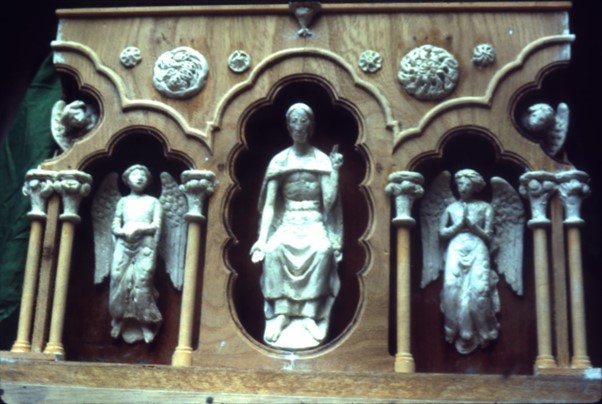
The CAC’s role as an advisory group can be complicated by politics. There are a number of interested parties when it comes to cathedral architecture. As mentioned above, members of the public can be concerned that works going on in their cathedral are up to standard. Perhaps the most important working relationship is that between the Cathedral Dean and the Cathedral Architect (also known as the Surveyor of the Fabric). They would often ask the CAC about suitable forms of treatment for a particular problem. As the Dean and Chapter have ultimate responsibility for the building though, they have the power to initiate consultations rather than the architect.
Ever present in these discussion is the question of cost and ensuring the financial viability of the cathedral into the future. As costs have increased, Deans and Chapters sought to increase income through charging for entry or expanding the shop. Being in the centre of the city means that the land cathedrals are on can be very valuable. Many often have paddocks attached to the main precincts or cathedral close. These green spaces are often valued by residents of the city but can also be considered prime real estate. Looking to find a way to fund the shortfall in their appeal for work on the famous octagon in the 1980s, Ely considered leasing their paddock to be developed into a retirement village (CATH/CS/ELY/5). This could be argued as having public benefit but was resisted by local residents. In the end it was prevented by a donation of the full value of the lease from the Getty Foundation on the condition that the land was not built on for the next 100 years.
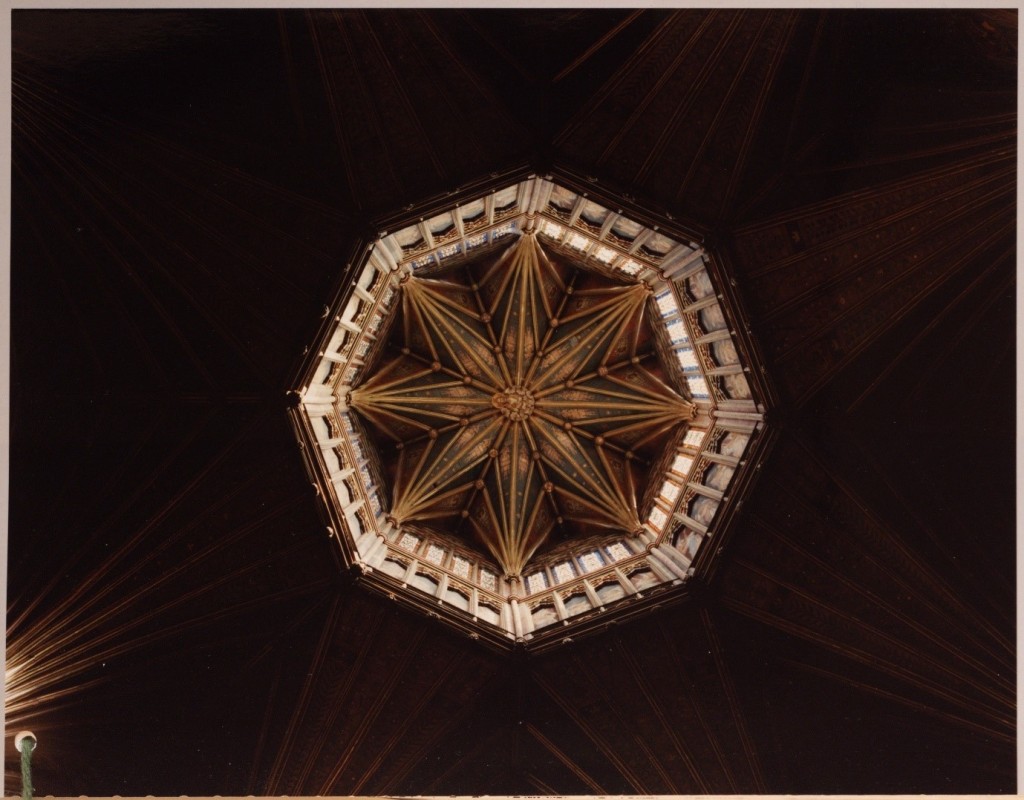
This series of blogs have highlighted a few stories told in these fascinating files but there are plenty more to be found. The collection finishes in the early 1990s when the Cathedrals Advisory Commission became the Cathedrals Fabric Commission for England. The latter body’s files are not available yet due to our 30 year closure rule but we can see the impact they are having in the cathedrals which adorn our cities. Who knows what the future holds for cathedral architecture and design. It will be exciting to see!
